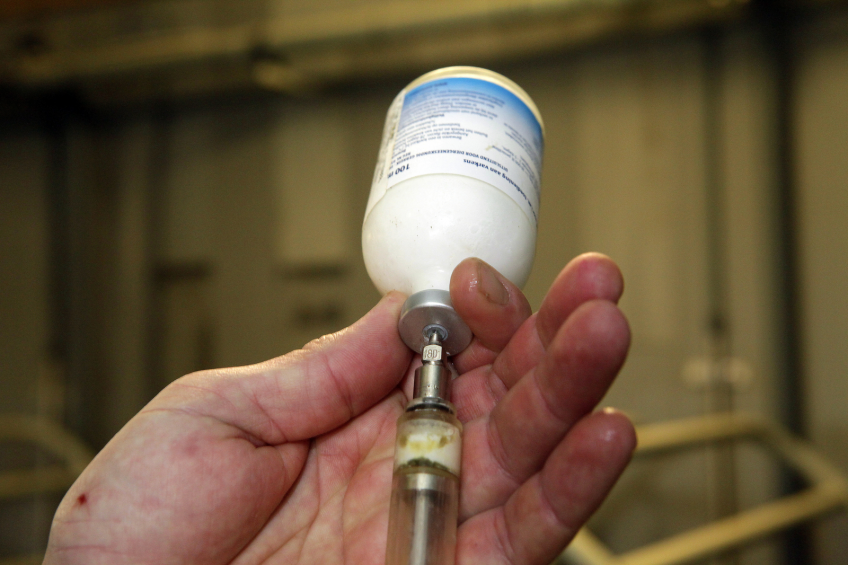Worrying increase in antimicrobial drug use in US food producing animals

Domestic sales and distribution of antimicrobials approved for use in food producing animals in the US increased by 22% from 2009 through 2014. This is stated in the latest FDA report on this topic.
Each year, every sponsor of an approved or conditionally approved application for a new animal drug containing an antimicrobial active ingredient must report to the US Food and Drug Administration (FDA) the amount of each such ingredient in these drug products sold or distributed for use in food-producing animals. FDA summarises this information and makes it available to the public in annual summary reports.
Preventive and curative
There are different reasons to administer antimicrobial drugs. In the US, they can be used for growth promotion, to prevent disease or to treat sick animals. In 2014, sales and distribution (domestic and export) of antimicrobials approved for use in food producing animals was approximately 15.4 million kilogrammes in 2014. The majority of the drugs are formed by tetracyclines (43%) and ionophores account for 31% of domestic sales. In 2014, the majority of the drugs (62%) were formed by antibiotic classes that are considered by the FDA to be important for human health. Of the total volume of this type of drugs used, tetracyclines accounted for 70%, penicillins for 9%, macrolides for 7%, sulfonamides (sulfas) for 5%, aminoglycosides for 3%, lincosamides for 2%, fluoroquinolones for less than 1%, and cephalosporins for less than 1%. In 2014, the use of antimicrobial drugs, that are not currently medically important for human health, accounted for 38% of the domestic sales of all antimicrobials approved for use in food producing animals. 80% of these were ionophores.
Trends over the last years
From the data in the FDA report, it can be concluded that the total domestic sales and distribution of antimicrobials approved for use in food producing animals increased by 22% from 2009 through 2014, and increased by 4% from 2013 through 2014. The use of medically important antimicrobials saw an increase of 3% from 2013 through 2014. The use of antimicrobial drugs for non-medically important reasons increased by 20% between 2009 and 2014, with an increase of 5% from 2013 through 2014.
Antibiotic resistance
The overuse of antibiotics can contribute to the development of resistant bacteria (also called superbugs). Estimates show that up to 2 million Americans per year are affected by superbugs, with over 23,000 killed due to their untreatable nature, according to the Centers for Disease Control and Prevention (CDC).
Read the full FDA report











